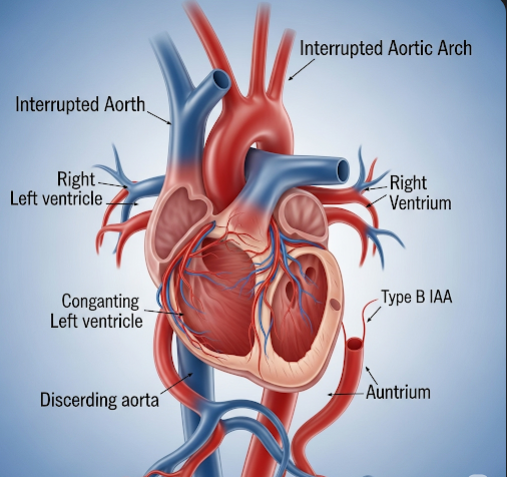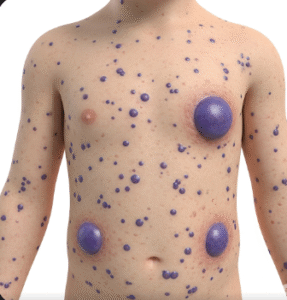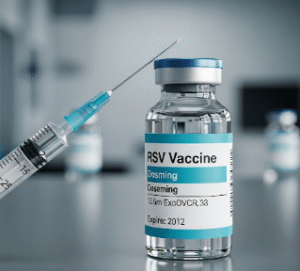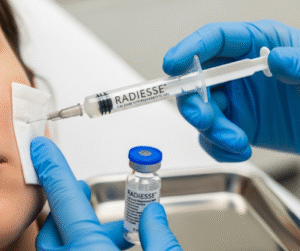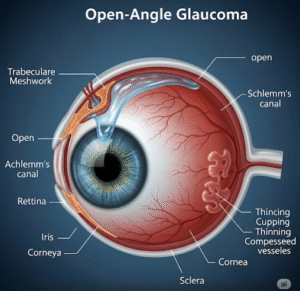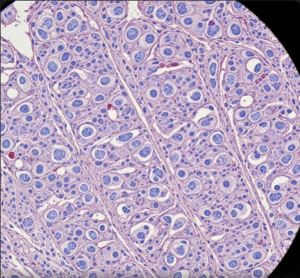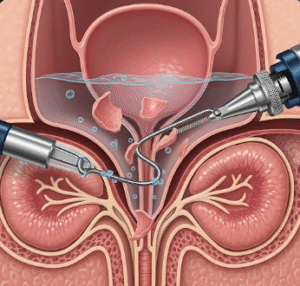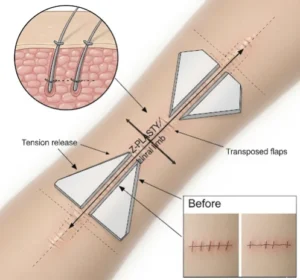Overview
Interrupted Aortic Arch (IAA) is a rare but critical congenital heart defect characterized by a complete discontinuity or break in the aortic arch — the major artery that carries oxygenated blood from the heart to the rest of the body. This interruption prevents normal blood flow from the heart to the lower body, which can cause severe complications and rapid deterioration if left untreated.
In Korea, advances in prenatal screening, neonatal care, and pediatric cardiac surgery have significantly improved the outcomes for infants born with IAA. Specialized heart centers provide timely diagnosis, surgical correction, and comprehensive post-operative care, making survival and quality of life much better than in past decades.
What is Interrupted Aortic Arch?
The aortic arch is the curved portion of the aorta that branches into arteries supplying blood to the head, neck, and upper limbs before continuing to the lower body. In IAA, there is a complete gap between two parts of the aortic arch, so blood cannot flow directly from the heart to the descending aorta and the lower body. Blood supply to the lower body depends on a fetal vessel called the ductus arteriosus, which normally closes shortly after birth. Once this duct closes in infants with IAA, blood flow to vital organs and the lower body is compromised, causing life-threatening symptoms.
IAA is classified into three main types based on the location of the interruption:
- Type A: Interruption occurs after the left subclavian artery.
- Type B: Interruption is between the left carotid and left subclavian arteries. This is the most common type.
- Type C: Interruption is between the innominate artery and the left carotid artery, which is very rare.
Symptoms
Symptoms of IAA typically develop within the first days to weeks of life, coinciding with the closure of the ductus arteriosus. Common signs include:
- Cyanosis: Bluish discoloration of the skin, lips, and nail beds due to insufficient oxygen delivery.
- Respiratory distress: Rapid or labored breathing as the heart struggles to meet oxygen demands.
- Weak or absent pulses: Especially in the lower limbs, due to poor blood flow.
- Poor feeding and lethargy: Babies may tire easily or refuse to feed.
- Heart murmur: A doctor may detect abnormal heart sounds indicating turbulent blood flow.
- Signs of heart failure: Sweating, irritability, and failure to thrive.
If untreated, the infant’s condition deteriorates quickly, with severe heart failure and multi-organ damage. Prompt diagnosis and treatment are essential to survival.
Causes
Interrupted Aortic Arch results from abnormal embryonic development of the aortic arch during fetal growth. The exact causes are multifactorial and may include:
- Genetic factors: Chromosomal abnormalities such as 22q11 deletion syndrome (DiGeorge syndrome) are strongly associated with IAA.
- Environmental influences: Maternal illnesses, infections, or exposure to toxins during pregnancy may contribute.
- Other congenital defects: IAA is often accompanied by ventricular septal defects (VSD) or other heart anomalies.
Risk Factors
Risk factors associated with IAA include:
- Family history: A history of congenital heart defects increases risk.
- Genetic syndromes: Conditions like DiGeorge syndrome increase vulnerability.
- Maternal health: Poorly controlled diabetes, infections, or substance use during pregnancy.
- Advanced maternal age: May slightly increase risk.
Complications
Without treatment, IAA leads to life-threatening complications:
- Severe heart failure: Due to impaired systemic circulation.
- Shock: Resulting from inadequate perfusion of organs and tissues.
- Organ failure: Including kidneys, liver, and brain damage due to hypoxia.
- Death: Most infants without surgical correction do not survive beyond the first few weeks.
- Associated anomalies: Other cardiac defects can complicate management and outcomes.
Prevention
While complete prevention is not currently possible, certain strategies can reduce risks:
- Prenatal care: Regular checkups and fetal ultrasound screening.
- Genetic counseling: Especially for families with known congenital heart disease history.
- Avoidance of harmful substances: Such as alcohol, tobacco, and certain medications during pregnancy.
- Management of maternal health: Controlling chronic conditions like diabetes.
Treatment Options in Korea
Diagnosis
Korean medical centers offer comprehensive prenatal and postnatal diagnostic services:
- Fetal echocardiography: Enables early detection of IAA before birth.
- Postnatal echocardiography: The main diagnostic tool to visualize aortic arch anatomy.
- Additional imaging: CT angiography and MRI may be used for detailed anatomical assessment.
- Genetic testing: Helps identify associated syndromes like DiGeorge.
Medical Management
- Prostaglandin E1 infusion: Given immediately after birth to keep the ductus arteriosus open and maintain blood flow to the lower body.
- Supportive care: In neonatal intensive care units (NICUs), including respiratory support and nutritional management.
Surgical Treatment
- Surgery is the only definitive treatment. It typically involves reconnecting the interrupted segments of the aortic arch and repairing associated defects such as VSD.
- Korea has several leading pediatric cardiac surgery centers with experienced surgeons and advanced operating facilities.
- The timing of surgery is critical and usually performed within the first weeks of life to prevent deterioration.
- Newer techniques, including minimally invasive and hybrid procedures, are increasingly used to reduce surgical risks and improve recovery.
Postoperative Care and Follow-Up
- Intensive monitoring in cardiac ICUs to manage complications such as infection, bleeding, or heart rhythm abnormalities.
- Long-term follow-up includes regular cardiac evaluations to monitor heart function and growth.
- Rehabilitation services support the infant’s overall development and help manage any neurological or physical delays.
Prognosis in Korea
With early diagnosis and timely surgical intervention, survival rates for infants with Interrupted Aortic Arch in Korea have greatly improved, reaching over 80-90% in specialized centers. Many children grow into healthy adults with appropriate lifelong cardiac care. Korea’s integrated healthcare system, advanced surgical expertise, and comprehensive follow-up programs contribute to excellent outcomes for this challenging congenital condition.

